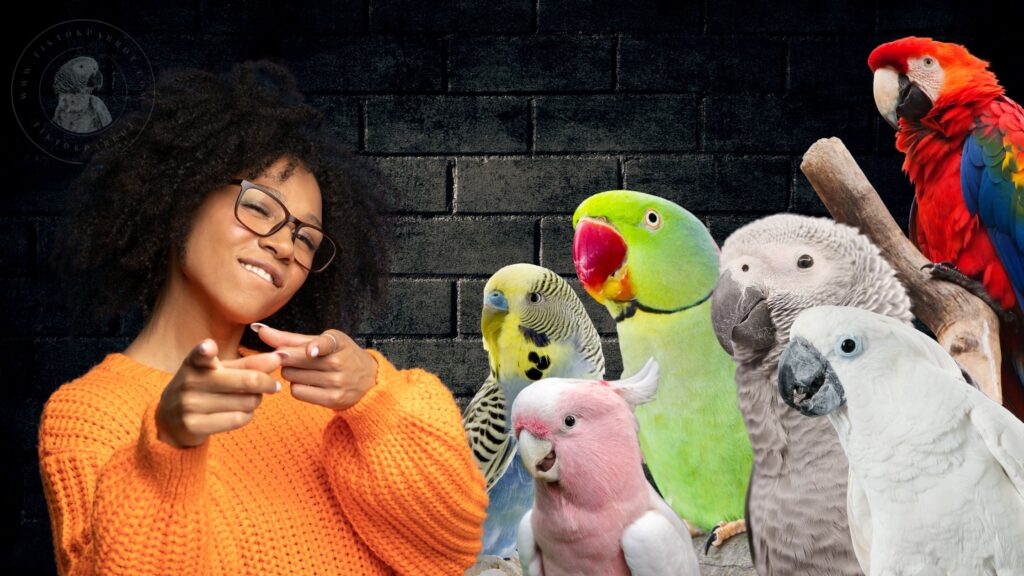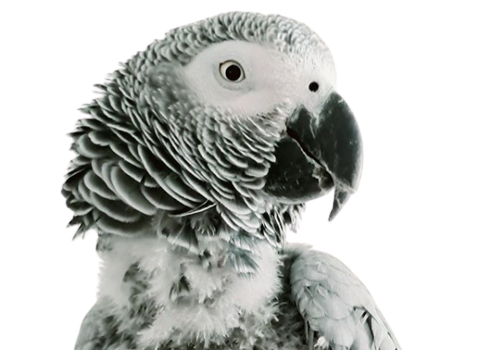Today, we’re chirping about a topic that’s as important as it is surprising: protecting our beloved birds from the sneaky threat of toxic fumes. Yep, you heard it right. Our feathered friends might be soaring high, but they’re not immune to the dangers lurking in the air.
Now, you might be scratching your head, wondering how on earth our chirpy companions could be affected by something as intangible as air pollution. Well, hold onto your feathers, because we’re about to take a deep dive into this feather-ruffling issue.
Discover how to protect our feathered friends from toxic fumes! Learn simple tips for bird safety and eco-friendly living. Let’s soar together!
First off, let’s talk about why this matters. Birds, with their delicate respiratory systems, are like the canaries in the coal mine when it comes to air quality. They’re the first to feel the effects of pollutants wafting through the air, which can wreak havoc on their health in more ways than one.
Shielding Birds from Toxic Fumes

Picture this: you’re happily flitting about, enjoying the crisp morning air, when suddenly, you catch a whiff of something funky. It could be smoke from a nearby factory, exhaust fumes from passing vehicles, or even toxic chemicals seeping into the atmosphere. Whatever it is, it’s not good news for our avian pals.
So, what can we do to lend a helping wing? Well, for starters, we can be more mindful of our own activities and how they might be impacting the air quality around us. Simple things like reducing our use of fossil fuels, opting for eco-friendly products, and planting bird-friendly gardens can all make a big difference in creating a safer environment for birds to thrive in.
But wait, there’s more! Did you know that indoor air pollution can also pose a threat to our feathered friends? Yep, that’s right. Everything from scented candles to household cleaners can release harmful chemicals into the air, putting our avian companions at risk without us even realizing it.
So, next time you’re sprucing up your nest, why not opt for natural, bird-safe alternatives? Your feathered friends will thank you for it, and you’ll breathe a little easier knowing you’re doing your part to keep the air clean and safe for everyone.
The Silent Killer in Our Homes
Do you remember the last time you walked into your kitchen, only to be hit with a wave of noxious fumes from the freshly painted walls or the new Teflon pan you were excited to try out? Yeah, it’s a real mood killer. But here’s the thing: those fumes aren’t just unpleasant for us humans; they can be downright deadly for our feathered friends.
As a bird parent, it’s easy to get caught up in the excitement of bringing home a new toy or gadget, but have you ever stopped to think about the potential dangers lurking in those seemingly harmless products? I’m talking about toxic fumes, folks! They’re like the ninjas of the chemical world – sneaky, silent, and deadly.
The Toxic Trio: Teflon, Paint, and Cleaning Products
Let’s face it; our homes are filled with products that can harm our birds. But which ones are the most dangerous? Here are the top three culprits:
- Teflon: That non-stick pan you love so much? Yeah, it’s a bird killer. When heated, Teflon releases toxic fumes that can cause respiratory failure in birds.
- Paint: Fresh paint can be a real showstopper, but those fumes can be lethal to your feathered friend.
- Cleaning products: We all love a sparkling clean home, but those chemical-laden cleaning products can release toxic fumes that can harm your bird.
The Bird Brain: How Toxic Fumes Affect Our Feathered Friends
So, how do these toxic fumes affect our birds? Well, it’s not a pretty picture. When birds inhale these fumes, they can experience:
- Respiratory failure: Birds have sensitive lungs, and toxic fumes can cause them to fail.
- Organ damage: Toxic fumes can damage your bird’s liver, kidneys, and other vital organs.
- Death: In severe cases, toxic fumes can be fatal to your bird.
The Bird Whisperer: Tips for Keeping Your Feathered Friend Safe
Don’t panic, folks! There are ways to keep your bird safe from toxic fumes. Here are some tips:
- Use bird-safe products: Opt for bird-friendly products, like stainless steel or ceramic cookware.
- Ventilate, ventilate, ventilate: Open windows and doors to let fresh air in.
- Keep your bird away: If you’re using toxic products, keep your bird in a safe room.
- Choose natural cleaning products: Ditch the chemicals and opt for natural cleaning products.
Toxic fumes are a real threat to our feathered friends, but with a little awareness and caution, we can keep them safe. Remember, our birds are like family, and it’s up to us to protect them.
My Closing Thoughts
I would say protecting our birds from toxic fumes isn’t just for the birds – it’s for all of us. By taking small but meaningful steps to reduce air pollution and create a safer environment for our avian friends, we can ensure that they continue to grace our skies for generations to come.
If you liked this blog, please share it with your family and friends who might also find it helpful. If you love African Greys, join our community of Grey owners! You can meet other owners, share tips and learn from each other.
You might like to read these as well 🙂
Top 7 Superfoods for Your African Grey Parrot
The Importance of Calcium in Our African Greys’ Diets
Avocado Alert: What to Do If Your Parrot Eats the Forbidden Fruit?
African Grey Parrot Watery Poop: the Mystery and Finding Solutions
African Grey Behavior: Understanding your Pets
Skin and Feather Care for African Greys
For more useful content about African grey parrots, you can subscribe my site with your email to get notification upon publishing a new blog, the subscribe box you can see on the right side of this page. Also if you get an alert on your web browser while browsing my site, allow it and that will also give you an alert whenever I publish a new blog. 🙂
Stay safe and much love!



